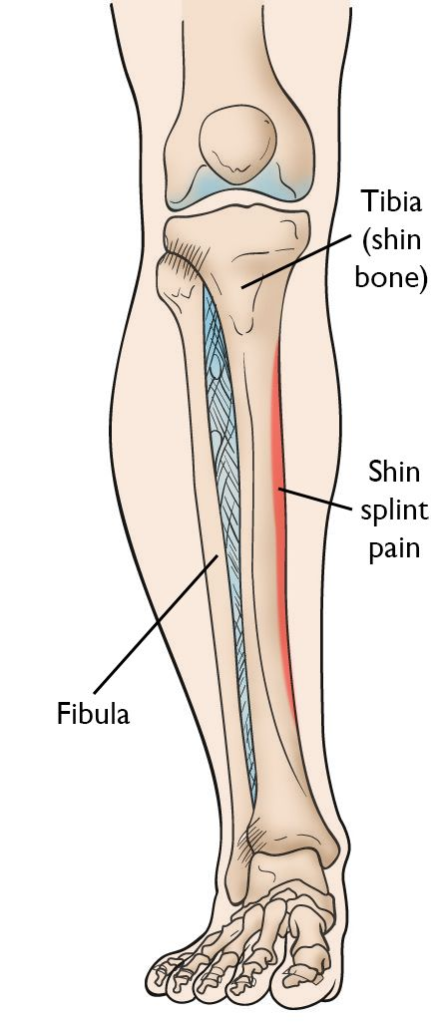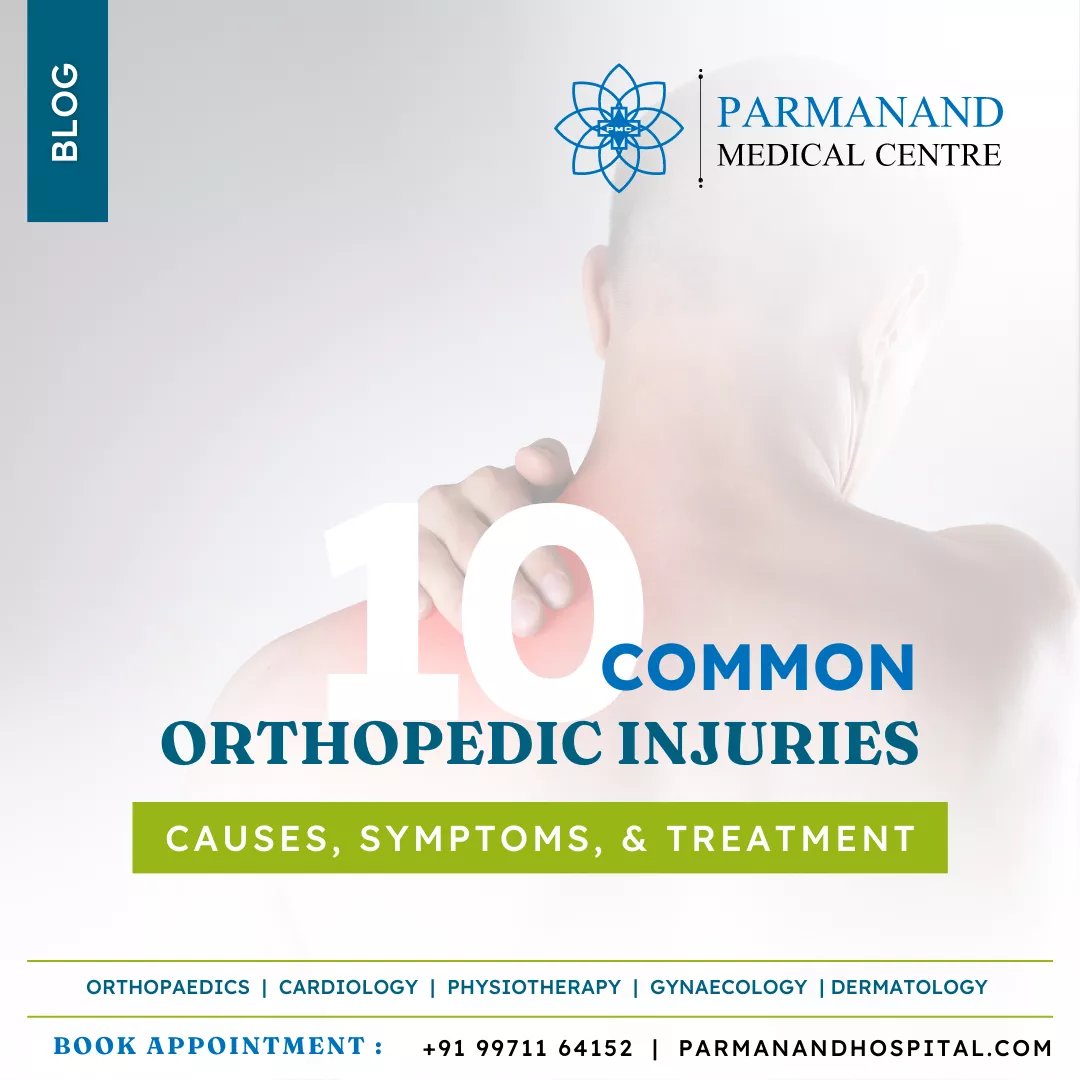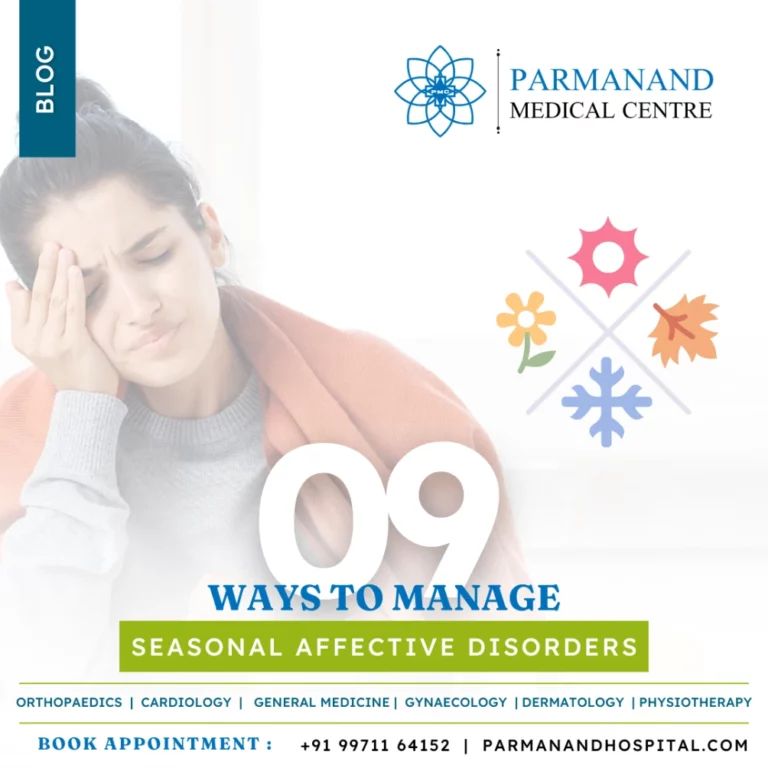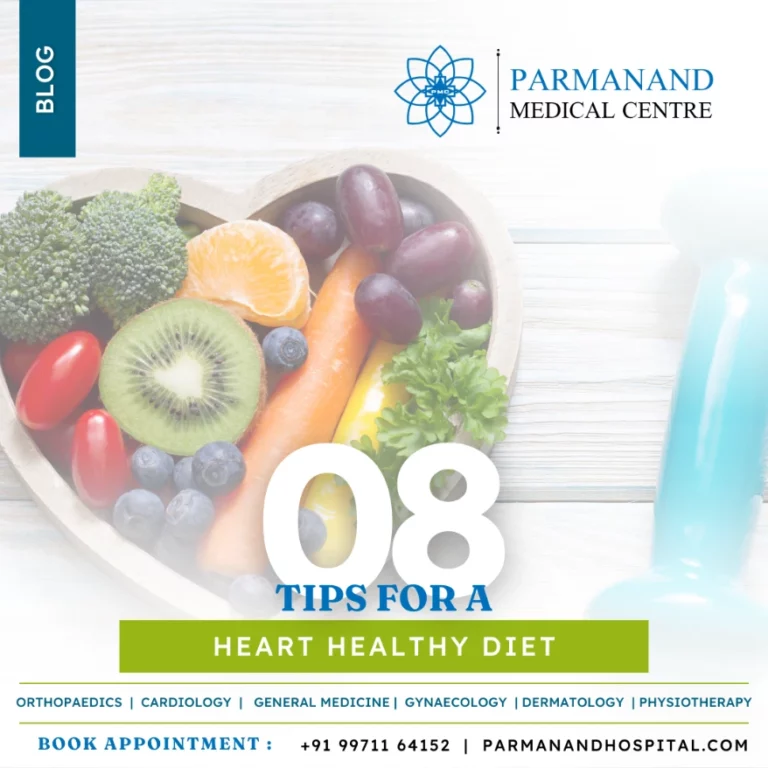Introduction

Orthopedic injuries can significantly impact our daily lives, causing pain, limiting mobility, and affecting our overall well-being. Whether you lead an active lifestyle, engage in sports, or simply go about your daily activities, understanding the causes, symptoms, and treatment options for common orthopedic injuries is crucial. In this article, we will delve into the 10 most prevalent orthopedic injuries, shedding light on their underlying causes, typical symptoms, and available treatment approaches.
1. Sprains and Strains – Orthopedic Injuries
Causes: Sprains occur when ligaments, which connect bones at joints, are stretched or torn. Strains, on the other hand, involve stretching or tearing of muscles or tendons. Both injuries can result from sudden twists, falls, overextension, or repetitive stress.
Symptoms: Common symptoms include pain, swelling, limited range of motion, bruising, and tenderness around the affected area.
Treatment: Initial treatment involves rest, ice, compression, and elevation (RICE method). Pain relief, physical therapy exercises, and in severe cases, surgical intervention may be necessary.
2. Fractures – Orthopedic Injuries

Causes: Fractures, or broken bones, can occur due to falls, accidents, sports injuries, or underlying conditions such as osteoporosis.
Symptoms: Severe pain, swelling, deformity, bruising, difficulty in moving or bearing weight on the affected area, and possible audible sounds during the injury.
Treatment: Treatment options range from immobilization with casts or braces to surgical intervention for realigning and fixing broken bones.
3. Tendinitis – Orthopedic Injuries
Causes: Tendinitis refers to inflammation of a tendon, usually caused by repetitive motions or overuse of a specific tendon during activities like sports or repetitive occupational tasks.
Symptoms: Pain, tenderness, swelling, and stiffness around the affected tendon, worsened with movement or activity.
Treatment: Treatment involves rest, avoiding aggravating activities, applying ice packs, anti-inflammatory medications, physical therapy exercises, and corticosteroid injections if necessary.
4. Rotator Cuff Injuries – Orthopedic Injuries
Causes: Rotator cuff injuries can result from trauma, repetitive overhead motions, degenerative changes due to aging, or sudden forceful movements of the shoulder joint.
Symptoms: Pain, weakness, limited range of motion, difficulty in lifting or reaching, and possible clicking or popping sounds during shoulder movement.
Treatment: Treatment options include rest, pain management, physical therapy exercises, corticosteroid injections, and surgery in severe cases.
5. Knee Injuries (ACL, MCL, Meniscus) – Orthopedic Injuries
Causes: Knee injuries such as ACL tears, MCL sprains, and meniscal tears often occur during sports activities or accidents involving sudden stops, changes in direction, direct blows, or twisting motions.
Symptoms: Pain, swelling, instability, popping or snapping sensations, difficulty in bearing weight, and limited range of motion in the knee joint.
Treatment: Treatment options range from rest, pain management, and physical therapy exercises to surgical repair or reconstruction based on the severity and specific injury.
6. Tennis Elbow (Lateral Epicondylitis) – Orthopedic Injuries

Cause: Tennis elbow is a condition involving inflammation of the tendons on the outside of the elbow, typically caused by repetitive wrist and arm movements.
Symptoms: Pain and tenderness on the outer side of the elbow, weakened grip strength, and difficulty in performing tasks that involve gripping or lifting.
Treatment: Treatment involves rest, activity modification, pain relief, physical therapy exercises, and in some cases, corticosteroid injections or surgery.
7. Carpal Tunnel Syndrome – Orthopedic Injuries
Cause: Carpal tunnel syndrome occurs due to compression or irritation of the median nerve as it passes through the wrist’s carpal tunnel.
Symptoms: Numbness, tingling, or pain in the hand and fingers, weakness in the hand, and difficulty in gripping or performing fine motor tasks.
Treatment: Treatment includes wrist splinting, activity modification, pain management, physical therapy exercises, and surgery in severe cases.
8. Stress Fractures – Orthopedic Injuries
Cause: Stress fractures result from repetitive impact or overuse, leading to small cracks or severe bruising within a bone.
Symptoms: Gradual onset of pain during activity, localized swelling, tenderness, and difficulty in bearing weight on the affected area.
Treatment: Treatment involves rest, a gradual return to activity, pain management, and sometimes support with crutches or braces.
9. Achilles Tendonitis – Orthopedic Injuries
Cause: Achilles tendonitis involves inflammation of the Achilles tendon, typically caused by overuse or sudden increases in activity.
Symptoms: Pain, swelling, and stiffness in the back of the heel or lower calf, worsened with activity and improved with rest.
Treatment: Treatment includes rest, icing, support with heel lifts or inserts, physical therapy exercises, and in severe cases, orthotic devices or surgery.
10. Shin Splints – Orthopedic Injuries

Cause: Shin splints refer to pain and inflammation along the shinbone due to repetitive stress on the lower leg, often from activities like running or jumping.
Symptoms: Pain and tenderness along the inner edge of the shinbone, which may be sharp or dull and worsen during exercise.
Treatment: Treatment involves rest, ice packs, compression, activity modification, appropriate footwear, physical therapy exercises, and addressing biomechanical factors.
Conclusion
Understanding common orthopedic injuries, including their causes, symptoms, and available treatment options, empowers individuals to take timely action and seek appropriate care. If you experience any symptoms or suspect an orthopedic injury, it is crucial to consult with a healthcare professional or orthopedic specialist for a comprehensive evaluation and personalized treatment plan. By doing so, you can effectively manage your injury, promote healing, and regain mobility, allowing you to resume your active lifestyle with confidence. Remember, every injury is unique, and professional guidance is essential for optimal recovery and long-term well-being.
Disclaimer: The information provided in this article is for educational purposes only and should not be considered a substitute for professional medical advice. Always consult with a healthcare professional or orthopedic specialist for personalized guidance and treatment based on your specific condition.
Superspecialized Orthopedics Doctors in Yamuna Vihar
Led by the doctors of Sant Parmanand Hospital, Civil Lines, Delhi, our orthopedics department is the complete solution for your orthopedics-related problems.
- Arthroscopy & Sports Injury
- Trauma
- Joint Replacement
- Spine Disorders
- Joint Disorders
- Pediatric Orthopedics
- Geriatric Orthopedics
- Chronic Pain Management
We have an extensively trained faculty guided by Dr. Shekhar Shrivastava (MBBS | MS (ORTHOPEDICS) HOD ORTHO SANT PARMANAND HOSPITAL, CIVIL LINES). With 30+ years of experience, we are very well known for our shoulder, hip, knee, and other joint replacements. Our Robotic-Arm Assisted Total Knee Replacement (T.K.R.) is a solution that only we have in the whole of Delhi. Our Sant Parmanand Hospital’s MBBS | MS (ORTHOPEDICS) Doctors: Dr. B. Sen (Senior Consultant), and consultants – Dr. Ankit Varshney and Dr. Nikhil Valsangkar are Arthroscopic and Knee Surgery Specialists. Book your OPD with the doctors now, at Parmanand Medical Centre, Yamuna Vihar.
If you have any inquiries regarding our physicians or services, please don’t hesitate to reach out to Parmanand Medical Centre. You can contact us by calling (+91) 997-116-4152 or by sending an email to contact@parmanandmedicalcentre.com. Additionally, you can click here to access our location on the map or request an appointment. We extend our best wishes to you and your family for a healthy and joyful time.
Parmanand Medical Centre, under the guidance of Dr. Shekhar Shrivastav – HOD Orthopedics of Sant Parmanand Hospital (Civil Lines, Delhi) is specialized in Orthopedics and also offers its service in the departments of Cardiology, Gynecology, Dermatology, Physiotherapy & Diagnostic Tests.
Connect with us on social media platforms for valuable health tips and general medical knowledge. Follow us on Instagram @parmanandhospital, like our page on Facebook @parmanandhospital, and join us on LinkedIn @parmanandhospital. Stay informed and inspired for a healthier life.



